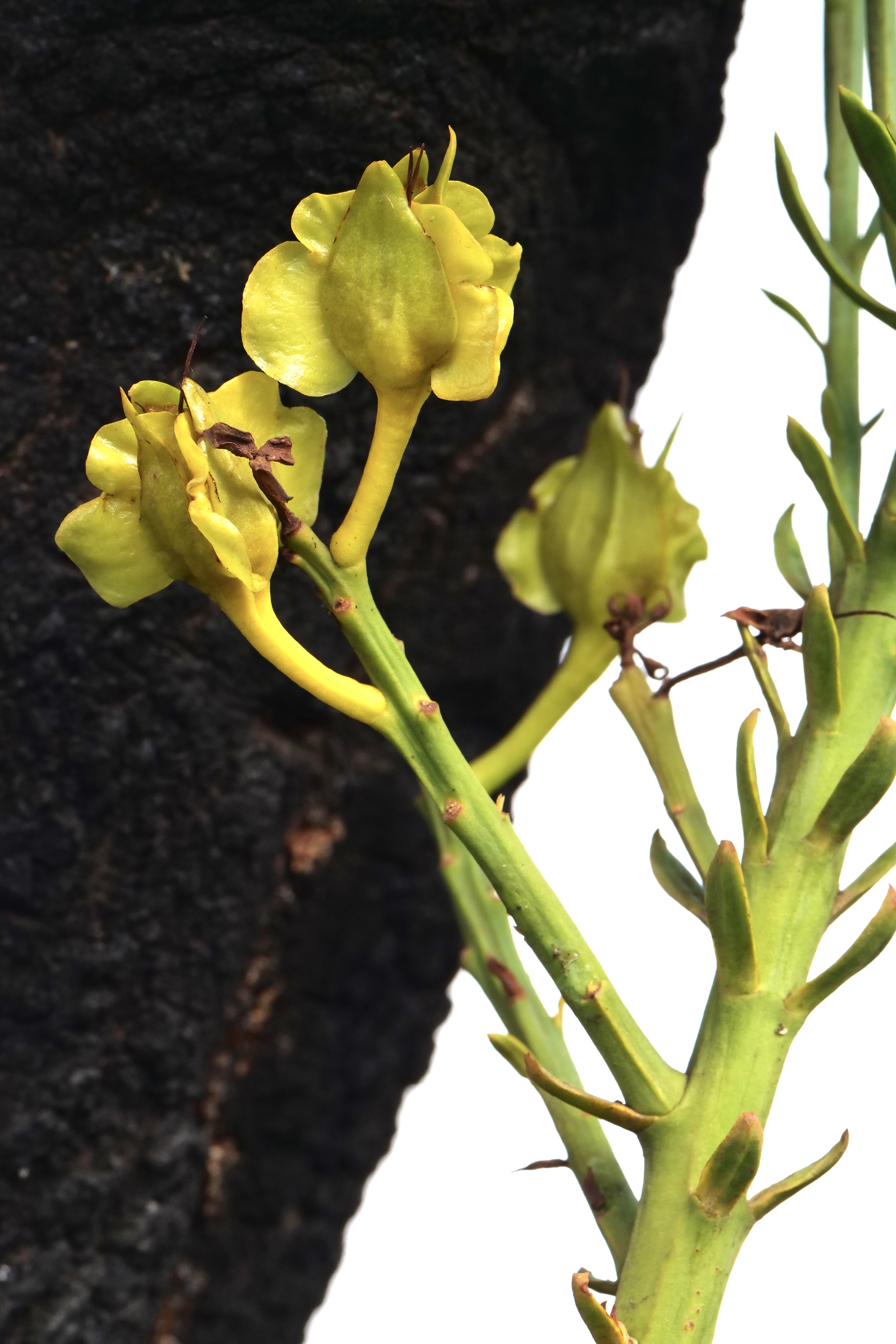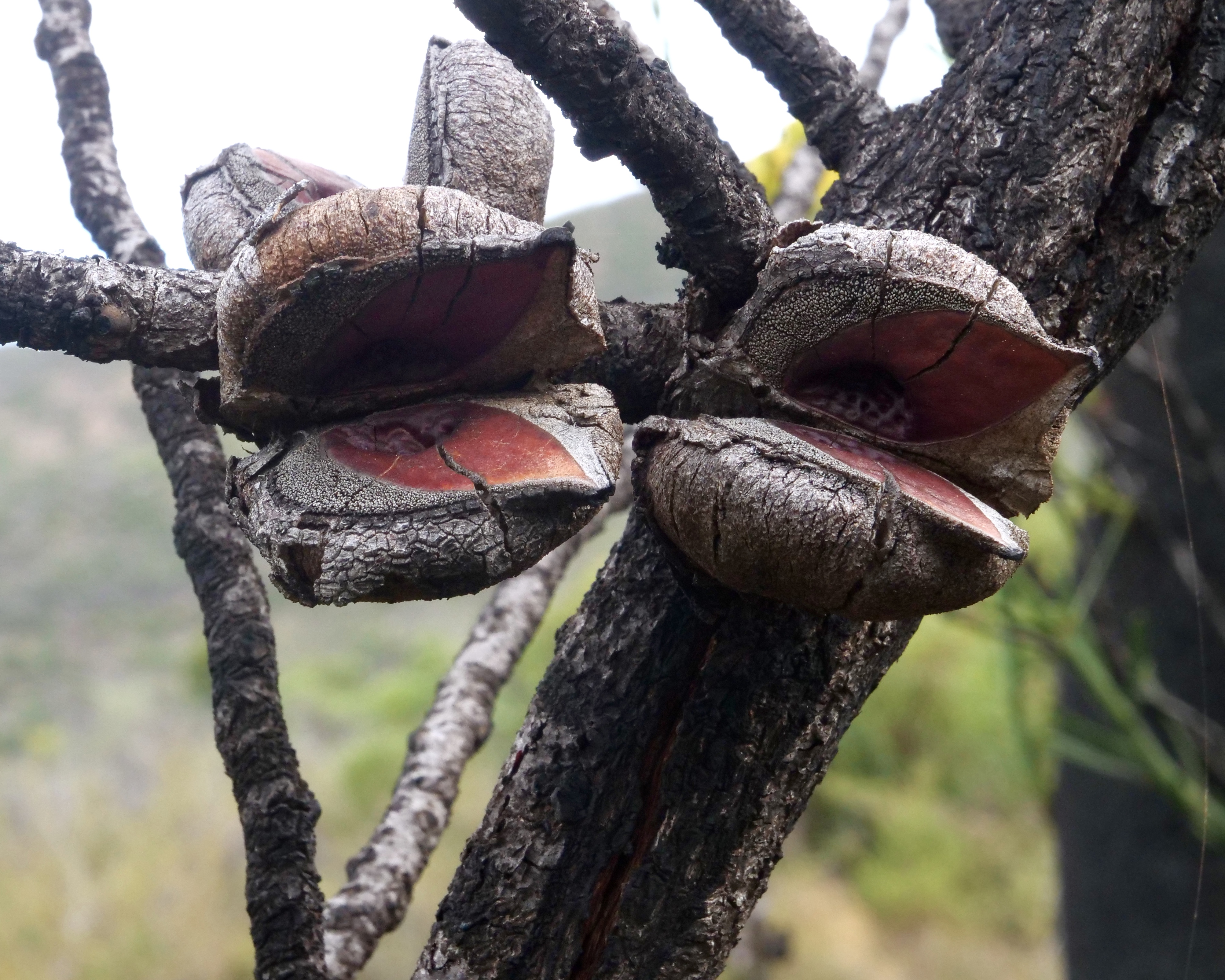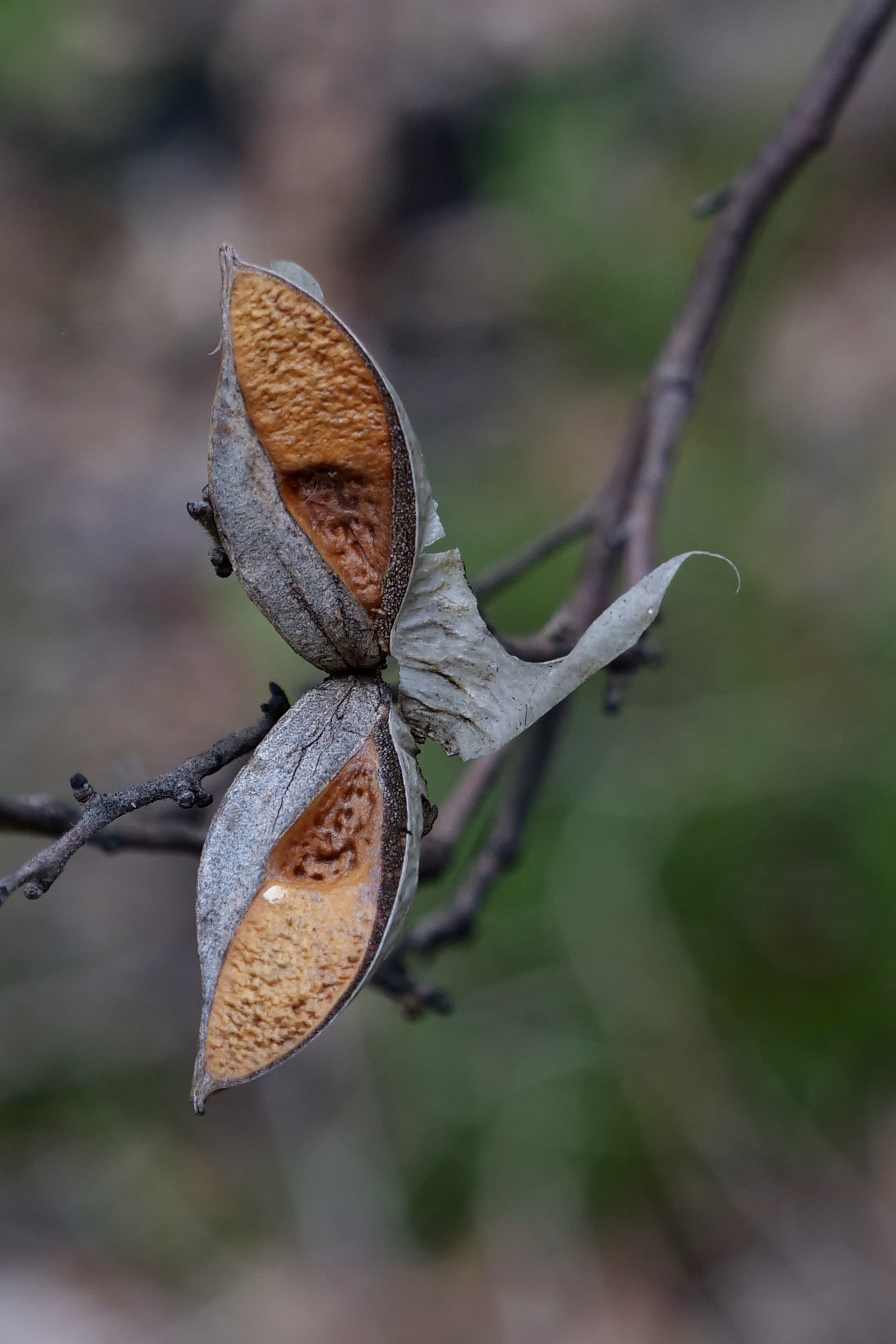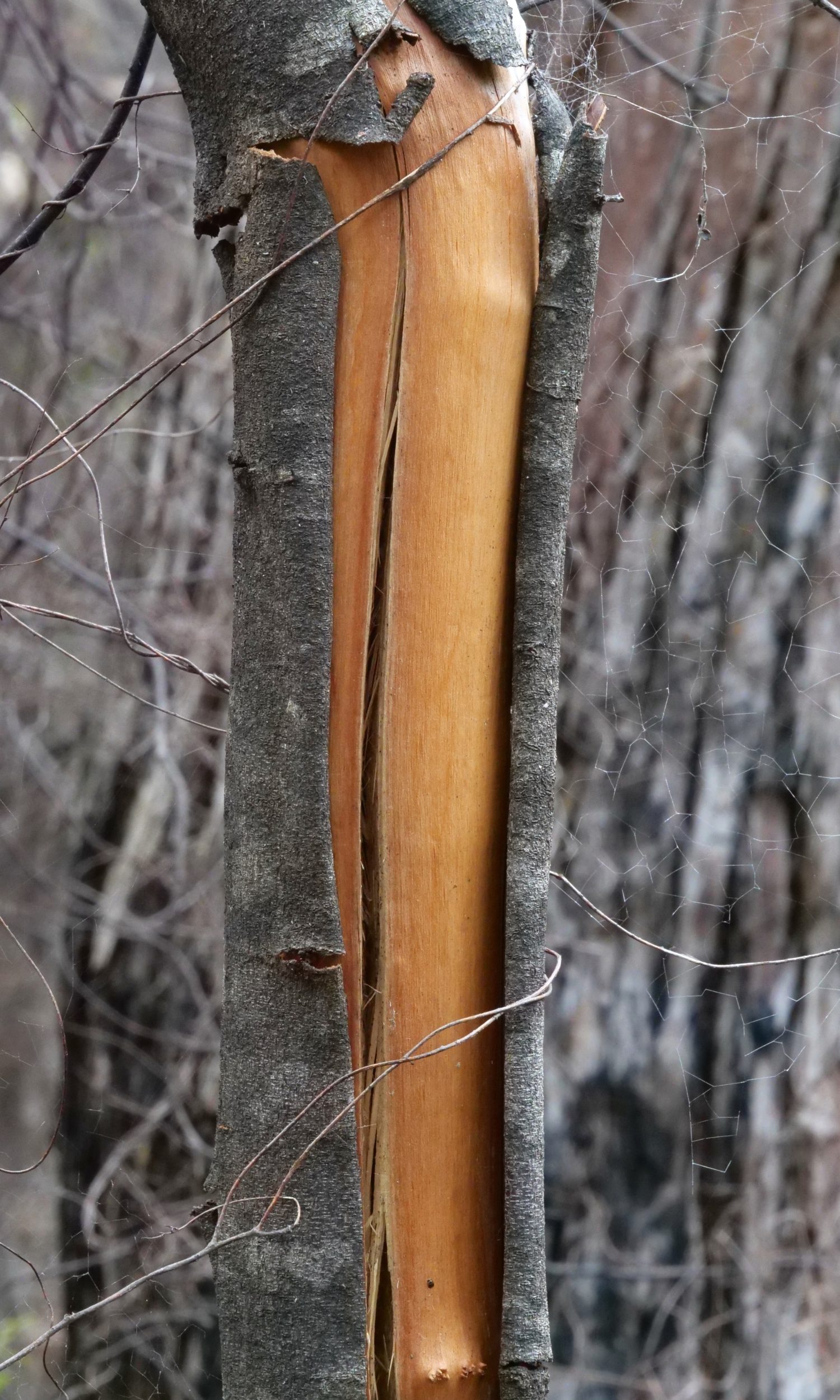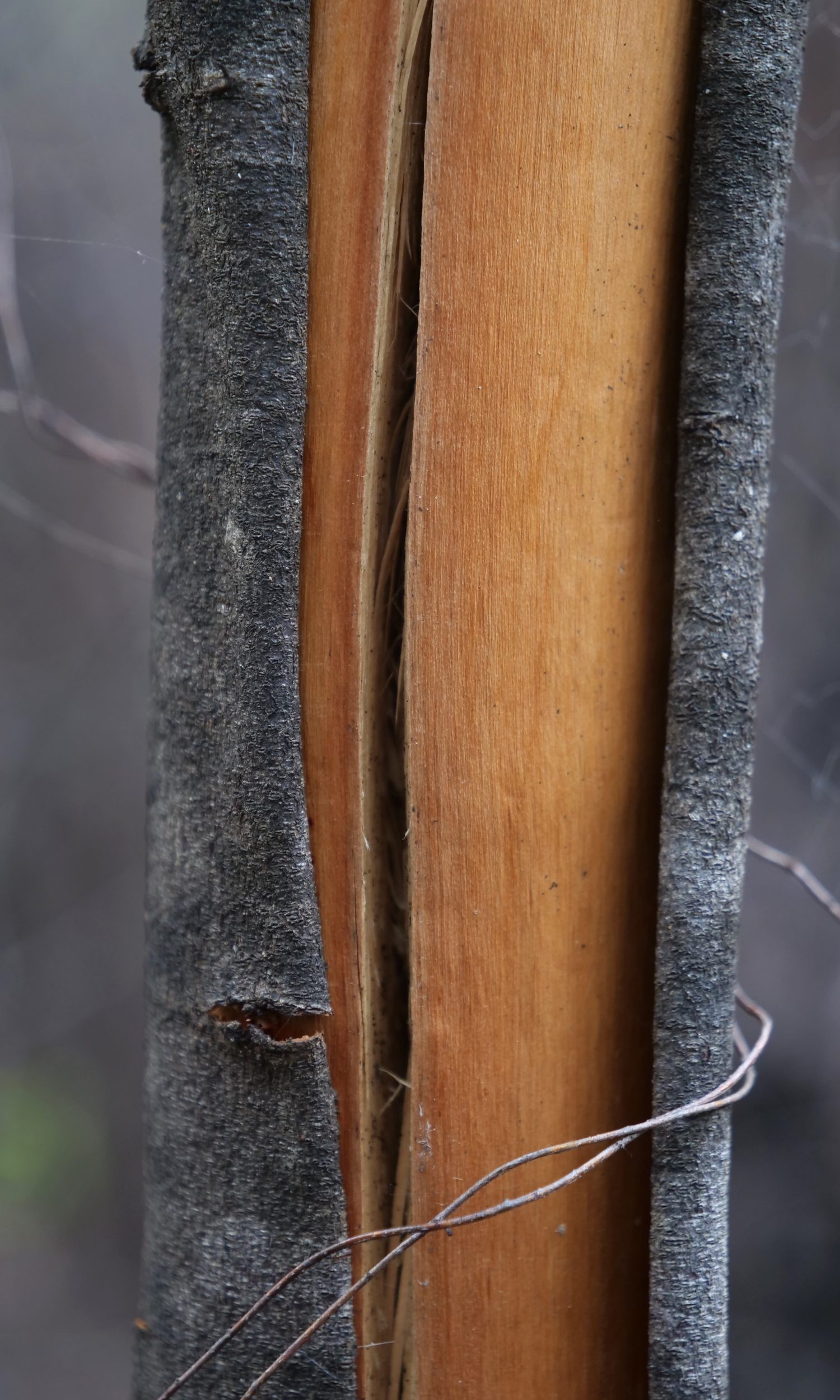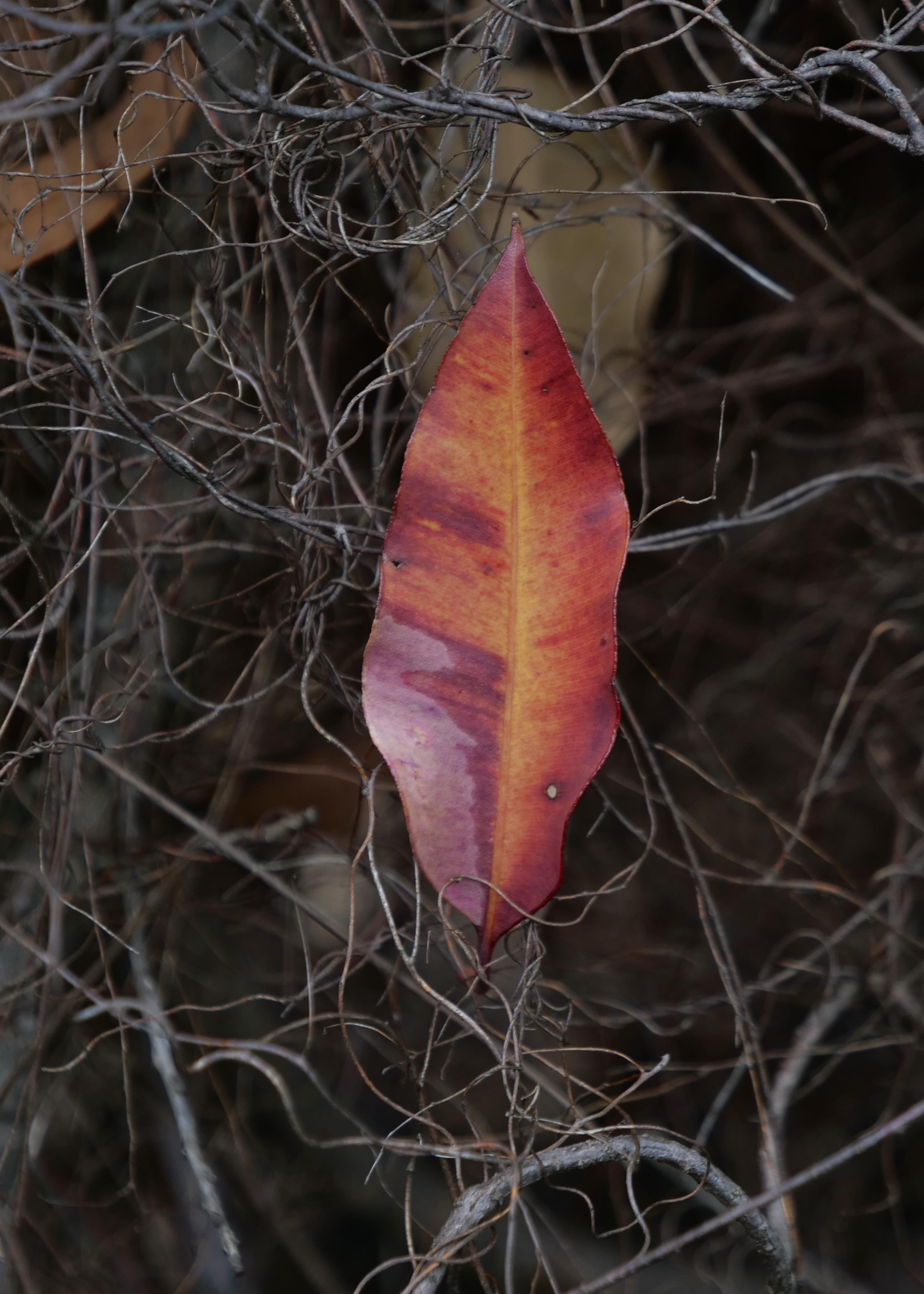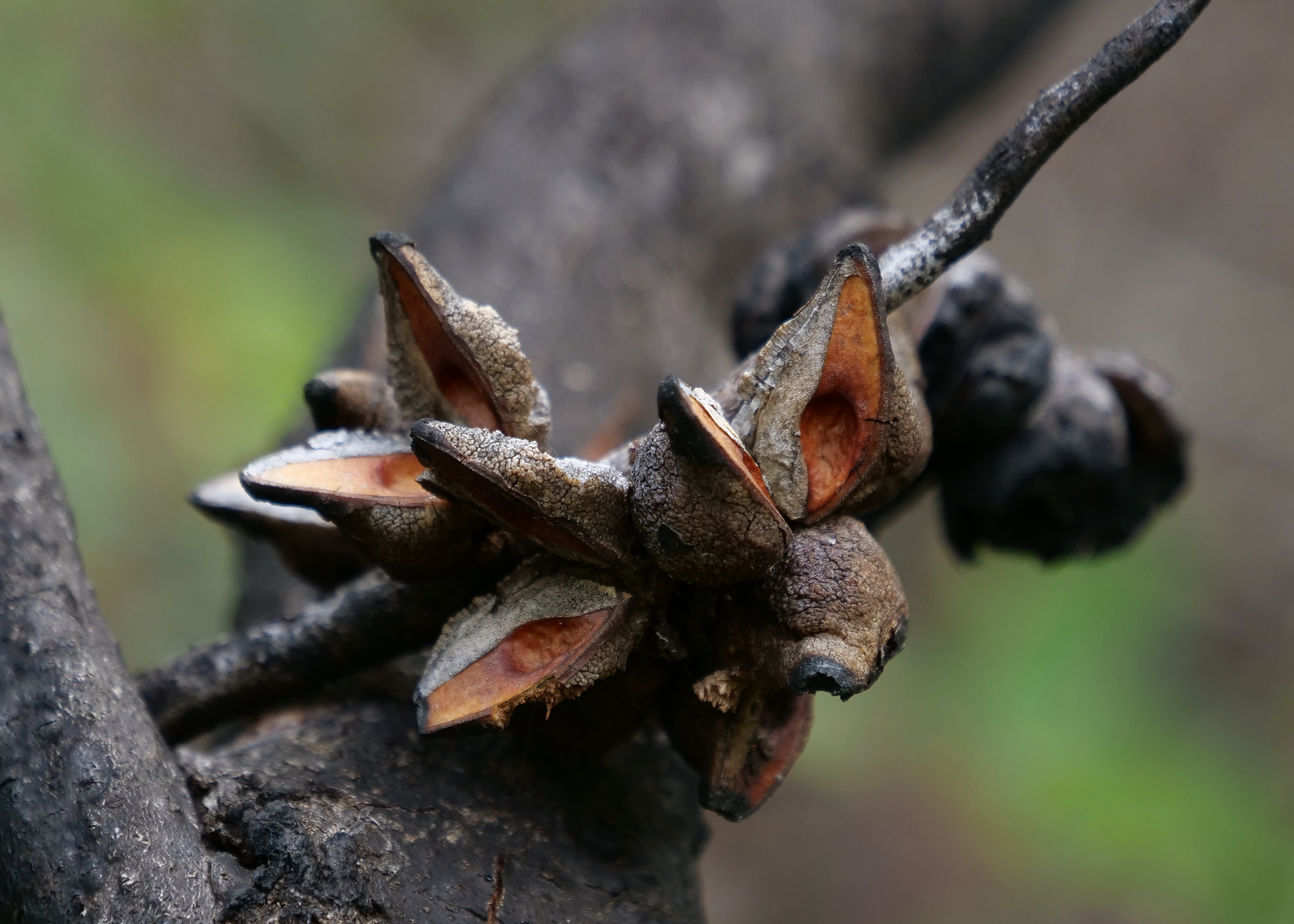At 1,159 square kilometres Stirling Range National Park is “large”, or “small”, depending on one’s perspective.
Four hours drive northwest, Perth – Western Australia’s sprawling metropolis – occupies more than five times as much ground.
The Stirlings’ “footprint” is less than one 209th of the United Kingdom’s 242, 495 square kilometres.
Botanically, however, the Stirling Range is much the “bigger”/“hotter” place!
It has more flowering plant species than does the entire UK; many of them grow only in or near the Stirling Range.
Two recent “catastrophic” fires seemingly “destroyed” much more than half of what had been growing there…
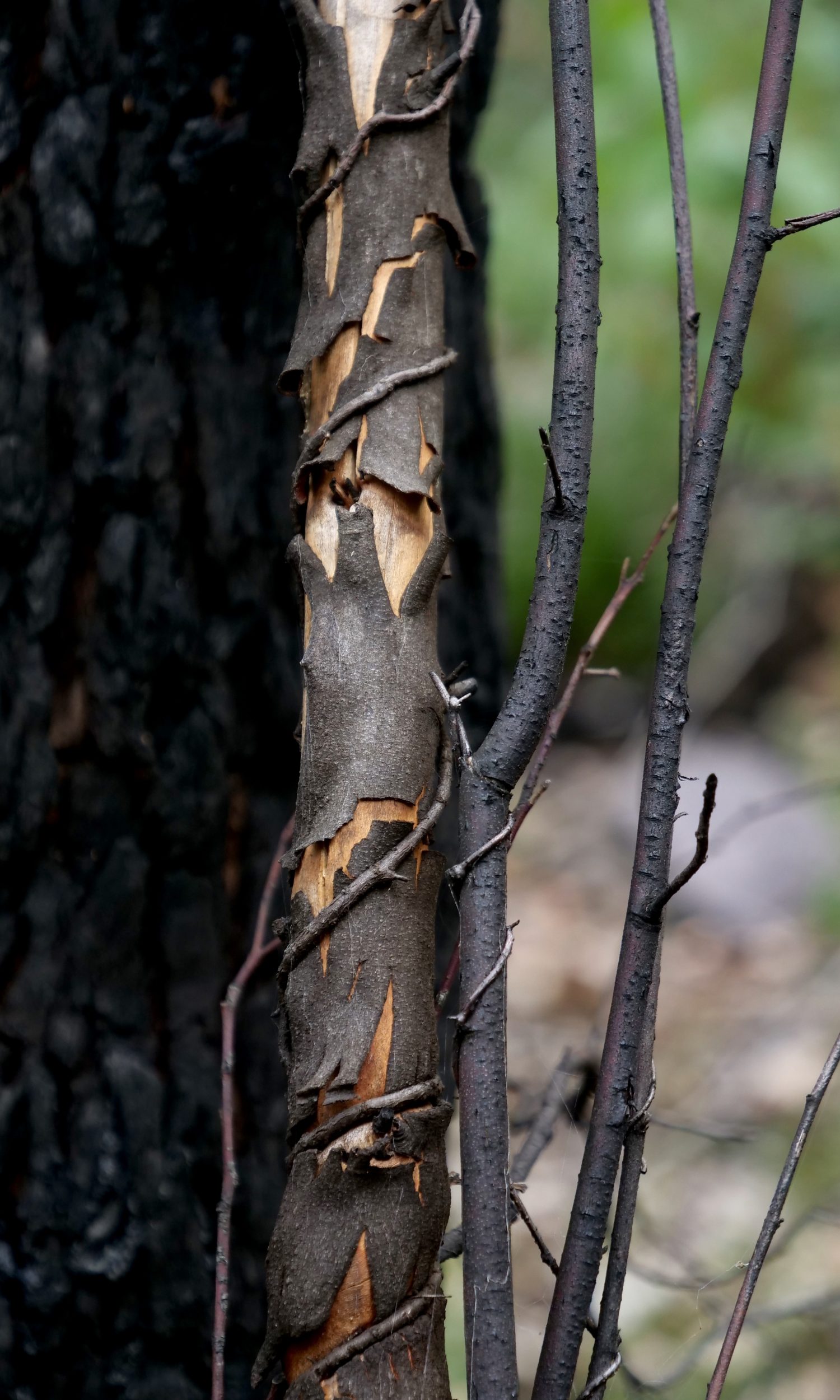
This post is the fruit of a walk through a small part of the Stirling Range’s “torched” landscape, a little less than fifteen months after a “devastating” fire.
That fire – started by lightning – raged for several days, as 2019 became 2020.
It had followed another “devastating” fire; the May 2018 one was started by ill-advised humans who had intended only a “controlled” burn, meant to reduce fire risk.
Only recently has much of the National Park re-opened to general public access.
Fire has long been part of “the natural state of things” in southern Western Australia; not a few Stirling Range species are not merely adapted in order to survive fire – fire events are necessary to some species’ very survival.
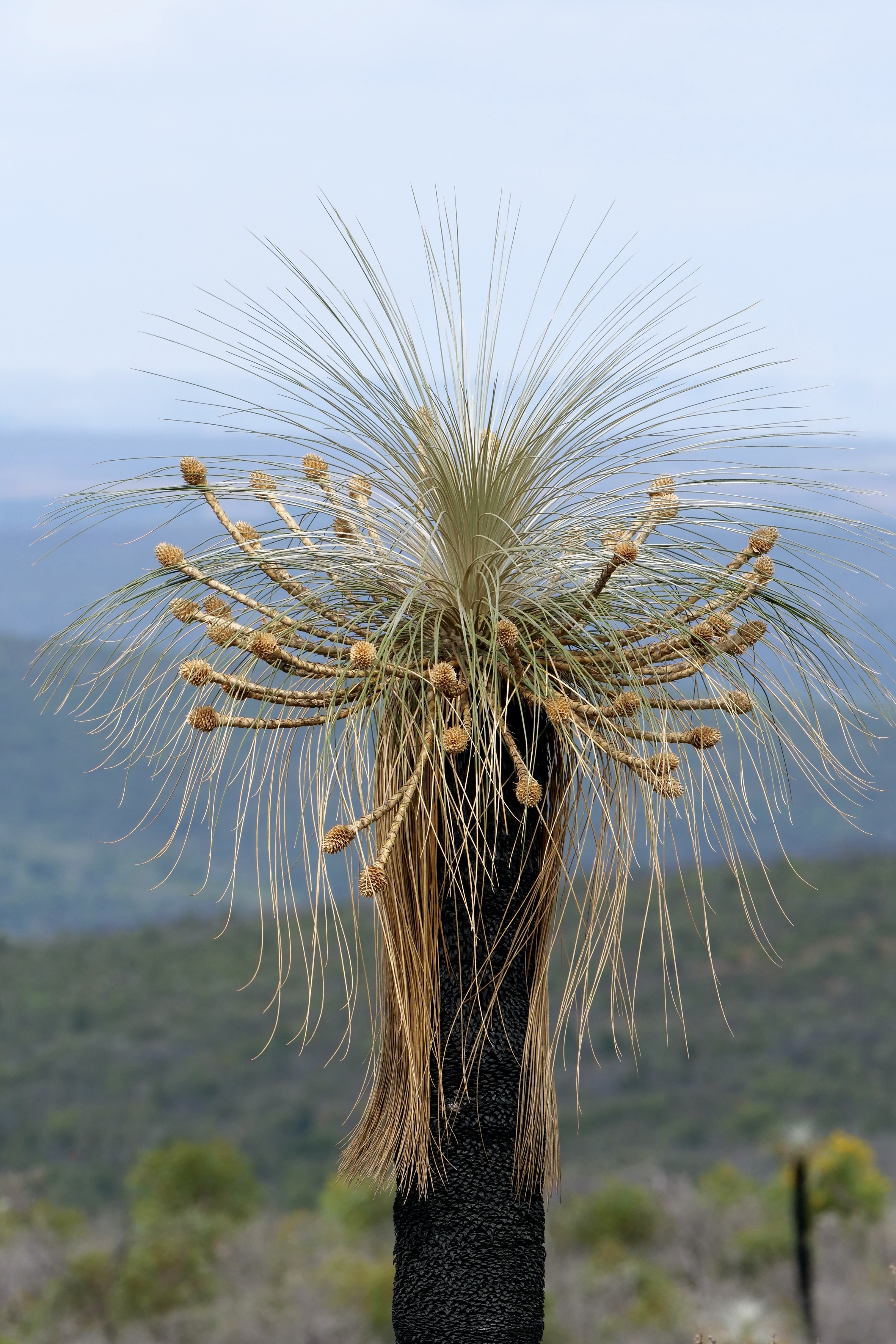
The “new” problem – in a drying, heating climate – is that fires are now burning too often, and too intensely.
As a result, fires may destroy too many seeds/seed “banks” and/or deny “new” (post-fire individuals) plants’ ability to set new seed in time, before another fire rages.
Quite how “catastrophic” will prove the impact of the 2018 and 2019/20 fires is yet to be established.
Their impact will to some extent depend on how much/how little/how timely is rainfall over the next several years, and how long or short is the “window” before the next major fires, and how intense and how extensive are those future fires.
The ‘18 and ‘19/20 fires may or may not have already rendered extinct one or several species.
Click this, for an informed consideration of relevant issues and prospects.
On 23 March 2021, my beloved and I picknicked and rambled on the flanks of Toolbrunup.
Should you contemplate doing likewise, anywhere in fire-affected and/or dieback-affected/dieback-vulnerable bushland, you must observe proper footwear hygiene (click here) and you should walk only on dry ground.
You will get sooty, so wear daggy clothes, and – very soon after your walk – you should thoroughly inspect every bit of yourself and your clothing, looking for kangaroo ticks.
The “recovery phase” in Australian bush – southwest WA bush, most especially – offers a close observer some “desolate” moments, but many more inspiring, amazing ones.
This tree is not in flower!
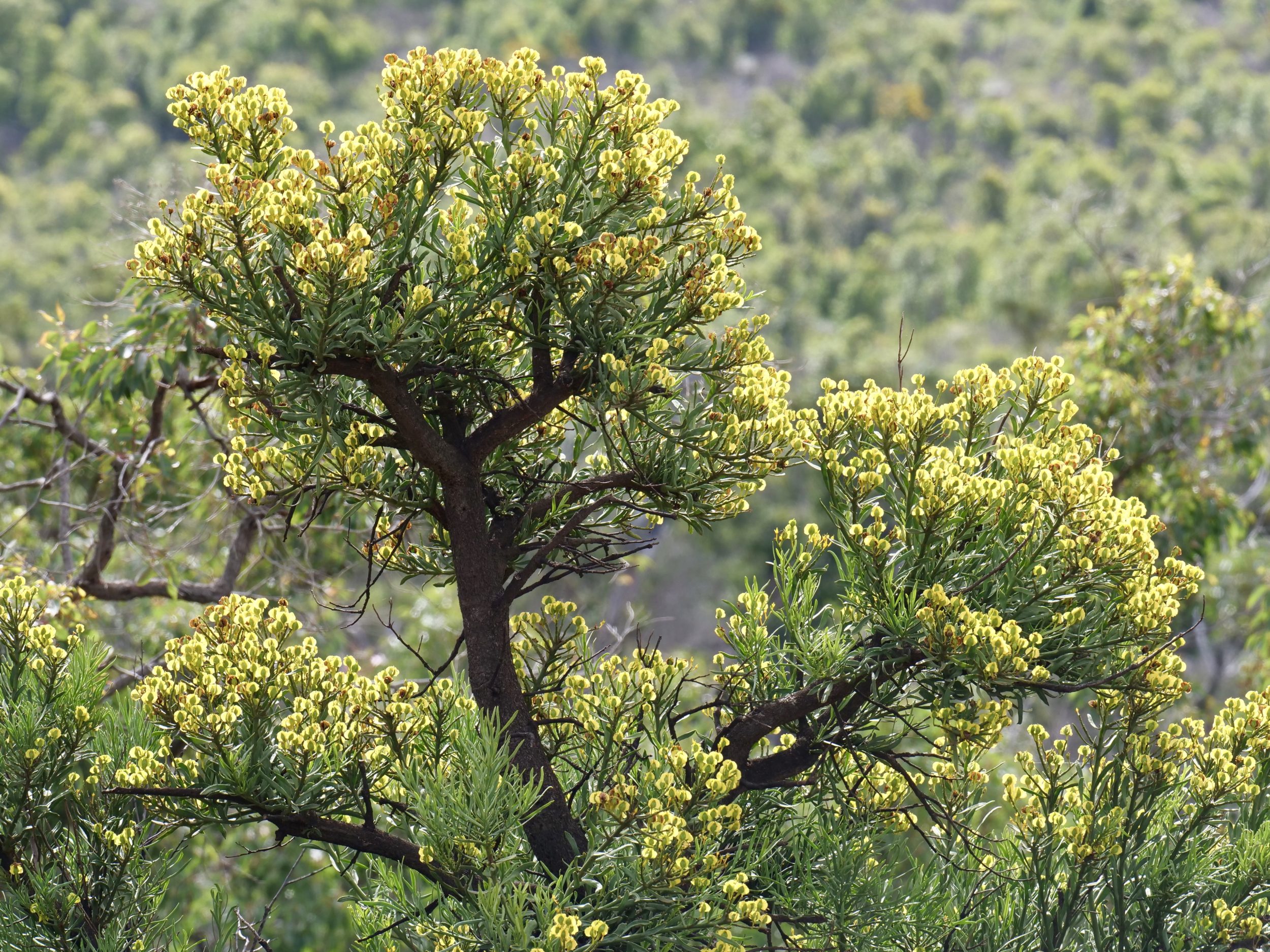
Flowering happened months ago, in accordance with Nuytsia floribunda’s common name; the WA Christmas Tree is the world’s largest mistletoe.
If you have not seen them in flower, click here for a photo gallery.
This article will tell you more about this amazing plant.
